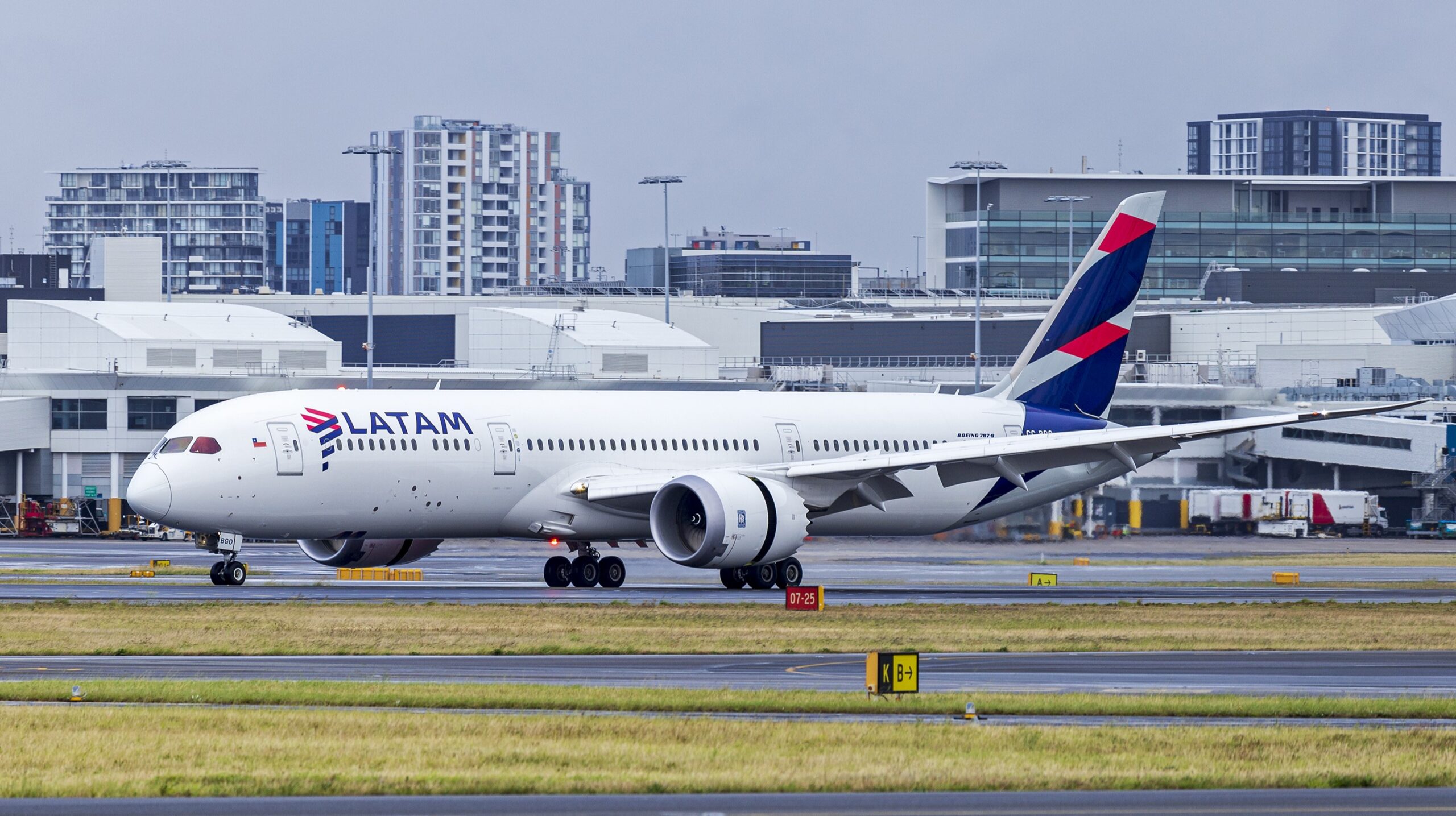Authorities are investigating the black box of a plane that plummeted from the skies before landing in Auckland on Monday.
The Boeing 787 Dreamliner, a LATAM flight starting from Sydney, suddenly lost altitude over the Tasman Sea, injuring 50 passengers as they were thrown around the cabin.
The SMC asked independent experts to comment.
Emeritus Professor David O’Hare, Department of Psychology, University of Otago, comments:
“The ‘black box’ recordings would provide detailed evidence of any control inputs made by the crew as well as flight parameters showing airspeed, altitude, control settings etc. This would show, for example, if there had been an autopilot disconnect and whether this was associated with any pilot input. The cockpit voice recording would tell us what the crew said before, during and after the incident as well as any background sounds (e.g. the audible sound of the autopilot disconnect).
“There is no reason to connect this incident with other recent events involving Boeing airliners and nothing that we know at this point suggests any systemic problems with the 787 or any maintenance or inspection issues. Proper investigation takes time so it is far too early to go down this route.
“For many passengers this would have been quite traumatic. From the reports the rapid loss of altitude seems to have been of the order of 100m. In-flight turbulence events normally involve much smaller drops of 10-20m or so. Getting used to flying again as quickly as possible would be helpful as would using distraction and breathing exercises to reduce the fear response to turbulence.
“The important thing is that very little information is publicly available at the moment. Clear Air Turbulence would be the most probable cause of this kind of in-flight upset. If there are other factors involved they will be identified following careful investigation and analysis.”
Note: Emeritus Professor O’Hare has researched pilot decision making and aviation safety, and holds a flight crew license himself.
No conflict of interest.
Ashok Poduval, Chief Executive Officer, School of Aviation – Te Kura Rererangi, Massey University, comments:
“The “black box” is not a single box that provides information. There are two key recorders in commercial airliners – the Cockpit Voice Recorder (CVR) and Digital Flight Data Recorder (DFDR). The CVR records communication on the flight deck between the pilots as well as between pilots and air traffic control. The DFDR records all in flight parameters including engine performance parameters. Until the air safety investigation is completed, which will include analysis of the data from the recorders and interviews with the pilots, we cannot make any determinations as to the cause of the incident.
“Undoubtedly, Boeing aircraft company has had some recent events that have cast an unfavourable light on the safety and quality assurance aspects of the organisation. However, to the best of my knowledge, this is the first such incident on a B787-9, so it is premature to draw conclusions about the safety aspects of this aircraft.
“Airline passengers can be reassured by the fact that aviation is still an extremely safe mode of travel given the level of regulation and compliance that surrounds aircraft operations. An incident of this nature is quite rare, and I have referred to it as a ‘black swan’ event. A lesson to be learnt, however, is to have seat belts fastened, maybe loosely, whenever seated in an aircraft. This is generally part of standard announcements by cabin crew in most airlines.”
Conflict of interest statement: “I am the President of Aviation Industry Association.”
